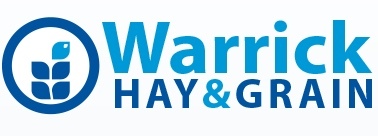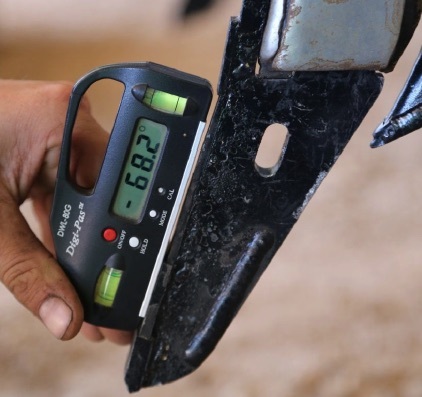
This article is bought to you by Warrick Hay & Grain and Air Seeder Consulting Services.
By Angus Brown | Source: MLA/ALFA, Mecardo
Key points
· Cattle on feed numbers gained 0.2% in the June quarter, reaching a new record.
· Victoria and WA both saw strong increases in cattle on feed, with Victoria at 100% utilisation.
· More cattle in feedlots is likely to continue to limit supply of grassfed finished cattle.
The June quarter saw another record number for the lotfeeding sector, but only just. Lotfeeders have managed to maintain close to record strong placements and as such record cattle on feed numbers for over a year now, bolstering the supply of finished cattle.
The June quarter saw a new cattle on feed record, with 1,147,393 head residing in feedlots at the end of June. Figure 1 shows that this was only just above the March total, an increase of 0.2%, or just 1,830 head. Total cattle on feed has been largely steady for five quarters now, with end of June numbers just 2.4% above June 2018.
Ad- Warrick Hay & Grain - Professional Grain and Hay Storage - Ad
Ad - Get your Seeder set up the right way. Contact Air Seeder Consulting Services and have your Seeder running right before you start - Ad
The increase in cattle on feed was driven by an 8.5% increase in Victoria, which was at 100% utilisation. This is the first time we have ever seen a state with full feedlots and it highlights how the dry autumn has pushed cattle onto feed in the south this year.
WA also posted a new record for cattle on feed, gaining 2.1% to 53,454 head. WA had 51% more cattle on feed than June 2018, with the growth in March maintained. The other major move in cattle on feed was a 4.8% fall in South Australia, but their numbers are still 45% higher than June last year.
The number of cattle sold out of feedlots didn't hit a record, but they were up strongly on last month and last year. Grainfed cattle marketings increased 5% on the March quarter, and 10% on June 18.
The rise in grainfed cattle turnoff was matched by an increase in grassfed supply in the June quarter. The grainfed cattle slaughter as a proportion of total slaughter remained steady at 37%. Figure 2 shows the proportion of grainfed cattle slaughter has fallen back to more normal levels since peaking in December last year.


Placements of cattle on feed were lower than the same quarter last year, down 2% on June 18. Lotfeeders are, however, still finding plenty of cattle to fill feedlots. The 18-19 financial year saw 3.14 million head placed on feed, up 9.7% on 17-18 and 7.4% on the record set in 16-17, when feedlots were filling rapidly.
What does this mean?
Demand for grainfed beef remains strong and a small increase in cattle on feed is unlikely to be enough to see prices fall this quarter. We have seen grassfed finished cattle prices very strong in recent months, which could be put down to normal seasonal tight supply. It is likely grassfed cattle are getting a boost from the fact more cattle are going through feedlots. With fewer cattle in general, and more in feedlots, finished grassfed supply might be tight for a while yet.
Ad- Warrick Hay & Grain - Professional Grain and Hay Storage - Ad
Ad - Get your Seeder set up the right way. Contact Air Seeder Consulting Services and have your Seeder running right before you start - Ad 













Share Ag News Via